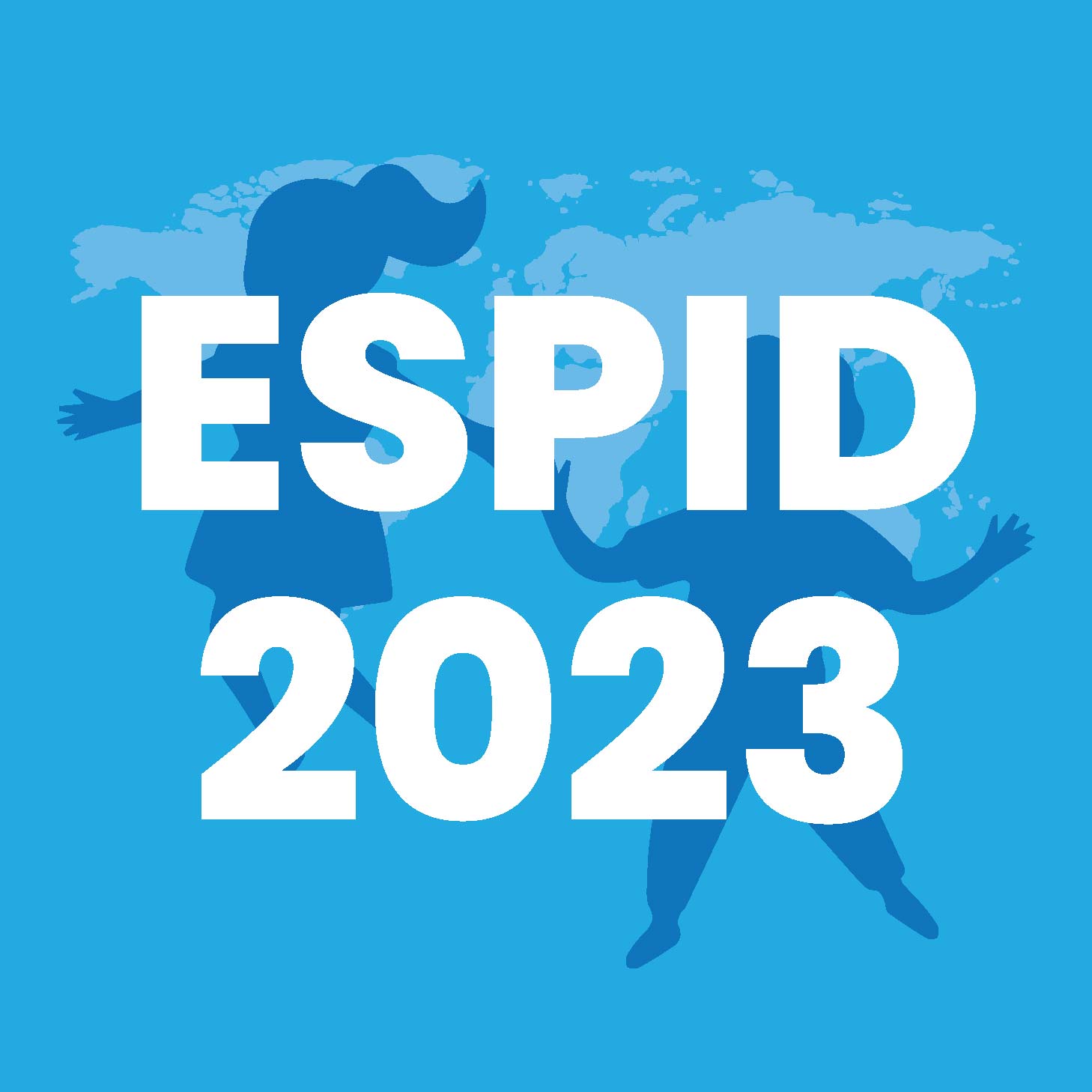Are children really super-spreaders of respiratory viruses?
Speaker: Dr. Emmanuel André, Belgium
Key Highlights
Introduction:
Children play a critical role in the spread of respiratory viruses, particularly in the context of COVID-19. In the session the simplistic label of children being super-spreaders was challenged and it was advocated that there is a need for a more nuanced understanding that shall be rooted in environmental microbiology, intergenerational contact patterns, and surveillance potential.
What are the transmission dynamics in children?
There are three factors that increase the infection and transmission risks in children:
-
Immature immune systems
-
Frequent close contact in places like home and daycare setting
-
High indoor exposure specially in colder climates
It was further highlighted that children usually serve as early amplifiers of infection but are not necessarily primary drivers of broader community transmission.
Evidence from the Air Microbiology Studies:
High-capacity air samplers that collect airborne particles (200L/min) onto sponges were used for lab analysis. The indoor air in various community settings, especially kindergartens was monitored and these studies found consistent high presence of respiratory pathogens that included RSV, rhinovirus, and influenza. The pathogens were found in the air surrounding asymptomatic or mildly symptomatic children, often at levels that exceeded those in symptomatic hospital patients.
Environmental Surveillance Potential:
It was proposed that kindergartens and schools should be repurposed as sentinel sites for early pathogen detection. The process of detection of pathogens in ambient air before symptom onset shall position children’s environment as powerful early warning systems. Longitudinal air sampling was shown to be sensitive, non-invasive, and capable of initiating real-time public health decisions.
Application in Surveillance and Vaccine Policy:
Along with pathogen detection air samples allowed detailed typing such as pneumococcal serotyping and influenza subtyping. Though this approach supports surveillance that might inform vaccine formulation and distribution that is particularly relevant in high-income and resource-limited settings, the challenge of interpreting environmental data in the absence of a direct correlation with disease burden was also acknowledged.
Operational and Ethical Considerations:
Certain variables like ventilation, viral shedding kinetics, and the diversity of pathogen transmissibility should be considered during sampling. It was suggested that air microbiology should be used to improve infrastructure (e.g., ventilation) and pandemic responsiveness instead of stigmatizing schools. The need for proactive planning rather than reactive shutdowns was highlighted, especially considering future scenarios that involve pediatric-targeting pathogens (e.g., avian influenza)
Technology access and feasibility:
It was noted that the basic technology is simple and replicable, but the challenge was experienced in linking environmental data collection with diagnostic labs in a scalable and sustainable manner specially in low- and middle- income countries.
Conclusion:
It was determined that while children are important in the amplification of respiratory viruses because of biological and social factors, calling them super spreaders is oversimplifying the problem. Rather, it was proposed that using their surroundings for non-invasive, real-time infection monitoring may improve early identification, direct public health initiatives, and influence vaccine policy.
Should schools be closed at the start of the next pandemic?
Speaker: Dr. Vittoria Colizza, Paris
Key Highlights
Introduction:
The role of school closures during pandemic was critically evaluated, drawing extensive empirical evidence and modeling insights from COVID-19 and prior influenza epidemics. The central idea of the session challenged the automatic closure of schools at the onset of future pandemics and focused on appreciating the data-driven, adaptive strategies that prioritize continuity in education while managing public health risks.
Heterogeneity of Past School Closures and children's role in transmission:
The duration of school closure during COVID-19 varied markedly from 10 weeks in France to nearly 50 weeks in Austria, this was often due to uncertainty and limited early data on children’s role in transmission. Initially children’s susceptibility and infectivity was underestimated but subsequent data showed that schools contributed significantly to transmission during high-prevalence waves (up to 50% of cases in some settings). Still, the results varied greatly depending on mitigating techniques such as masking and ventilation.
Evidence from Other Respiratory Epidemics:
Previous studies from seasonal flu in France and Japan and the H1N1 pandemic in the US and UK consistently portrayed that school closures reduced transmission in children. These findings are further complicated and affected by factors like behavioral adaptations and co-interventions in communities.
School-Based Mitigation Strategies:
It was emphasized in the session that pandemic response must grow beyond binary closure decision and studies revealed that regular school based screening practices like weekly testing was substantially more effective and less disruptive than strategies like quarantine post symptom detection. The following changes were seen when both the strategies were compared:
-
Weekly screening reduced transmission by approximately 40% with fewer student days lost.
-
Traditional measures often failed to detect asymptomatic cases which lead to limited effectiveness.
-
The real world pilot of weekly screening confirmed its utility during high incidence Omicron waves
Resource and Communication Considerations:
In spite of regular testing requiring logistical effort ultimately it proved to be cost-effective during peaks by preventing cases and conserving tests. Building of public trust and avoiding polarization was the result of clear communication and offering flexibility like voluntary school attendance.
Broader Preparedness Recommendations:
The following recommendations were discussed:
-
Adding a variety of pathogens to pandemic models in addition to respiratory viruses.
-
Making investments in school-level registries and real-time data systems.
-
Improving digital contact tracing and ventilation systems, among other infrastructure.
-
Establishing distinct protocols for emergency responses in the initial wave of a pandemic as opposed to subsequent phases.
Conclusion:
Though school closures can reduce transmission, it comes at a high cost to education and child well-being, future pandemic plans must prioritize keeping schools open safely specially after the initial emergency phase. Strategies like routine screening, environmental improvement and transparent risk communication are crucial in order to maintain a balance between public health and educational continuity.
ESCMID Global, 11–15 April 2025, Vienna



